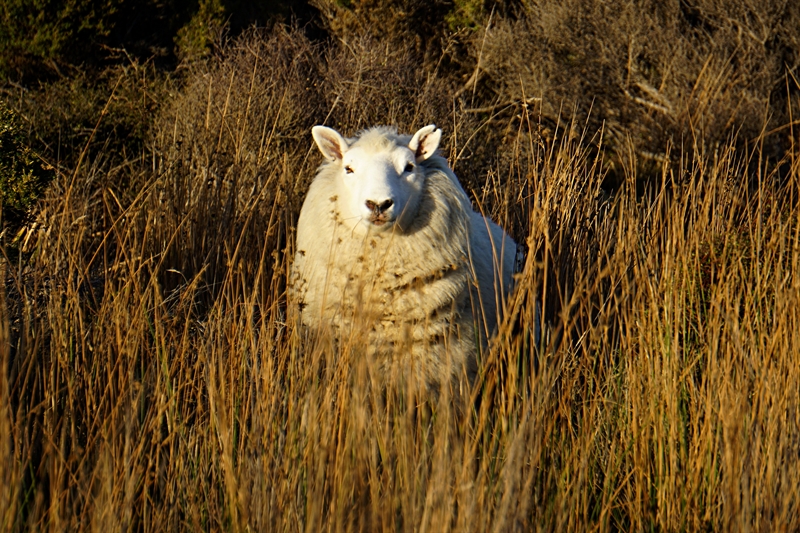The temperature that is too hot for sheep depends on the humidity and the type of wool they have. If it is a humid day, then the sheep will uncomfortable at around 80 degrees Fahrenheit. If it is a dry day, then the sheep can withstand temperatures up to 95 degrees Fahrenheit.
The different types of wool also affect how hot it can be for a sheep. For example, Merino wool can keep a sheep cool in summer weather while providing insulation in winter weather.
As the weather starts to heat up, you may be wondering what temperature is too hot for sheep. After all, they are covered in wool and can’t sweat like we do.
Here are some general guidelines: Sheep can tolerate temperatures up to about 85 degrees Fahrenheit.
Above that, they start to get stressed and their body temperature begins to rise. If the temperature gets above 95 degrees, sheep can die from heat stress.
So, if you’re thinking of shearing your sheep or taking them out to graze on a hot day, make sure the temperature isn’t too high.
Otherwise, you could be putting their health at risk.
Signs of Heat Stress in Sheep
As the weather gets warmer, it’s important to be aware of the signs of heat stress in sheep. Heat stress can lead to serious health problems, so it’s crucial to know how to identify it and what to do if you see any of these signs.
The first sign of heat stress is panting.
Sheep will start to pant when they’re too warm, and this is their way of trying to cool down. If you see a sheep panting, make sure they have access to shade and fresh water.
Another sign of heat stress is drooling or salivating more than usual.
This is another way that sheep try to cool themselves down. If you see this happening, again make sure the sheep has access to shade and fresh water. In addition, wetting their body with cool water can help them regulate their temperature better.
Finally, one of the most serious signs of heat stress is collapse. If a sheep collapses from heat exhaustion, it needs immediate medical attention as this can be fatal. If you see any sign of collapse, call a vet immediately and try to keep the sheep cool until help arrives.
Heat stress is a serious issue for sheep during warm weather so it’s important to be aware of the signs.

Credit: www.lamlac.co.uk
How Do You Tell If a Sheep is Overheated?
There are a few key ways to tell if a sheep is overheated. First, check the environment they are in – if it is excessively hot, or there is no shade or water available, they may be at risk for heat stress. Second, check their body temperature with a thermometer – if it is above 104 degrees Fahrenheit, they are likely overheated.
Finally, observe their behavior – if they are panting heavily, drooling excessively, or acting lethargic, these are all signs of heat stress. If you see any of these signs, move the sheep to a cooler area and provide them with water to drink.
What Temperatures Do Sheep Experience Heat Stress?
When sheep experience heat stress, their body temperature rises and they start to pant. At temperatures above 86°F (30°C), they will begin to sweat. If the temperature continues to rise, they will eventually stop sweating and their body temperature will continue to increase.
This can lead to serious health problems or even death.
Do Sheep Overheat Easily?
Yes, sheep can overheat easily. They are very susceptible to heat stress and need to be kept cool, especially during hot weather. Hot weather can cause sheep to pant and become dehydrated, which can lead to death.
What Do Sheep Do on a Hot Summer Day?
On hot summer days, sheep will often seek out shady areas to lie down in and will pant to cool themselves off. They may also stand in water or roll in mud if available.
Cold Outside? Your Sheep and Goats Are Warmer Than You Think!
Conclusion
In hot weather, sheep are susceptible to heat stress. This can happen when the temperature is over 80°F (27°C) and the humidity is high. If a sheep’s body temperature gets too high, they will start to pant and their heart rate will increase.
This can lead to dehydration, exhaustion, and death. To avoid this, farmers need to provide their sheep with plenty of water and shade during hot weather. They also need to monitor their flock closely for signs of heat stress.